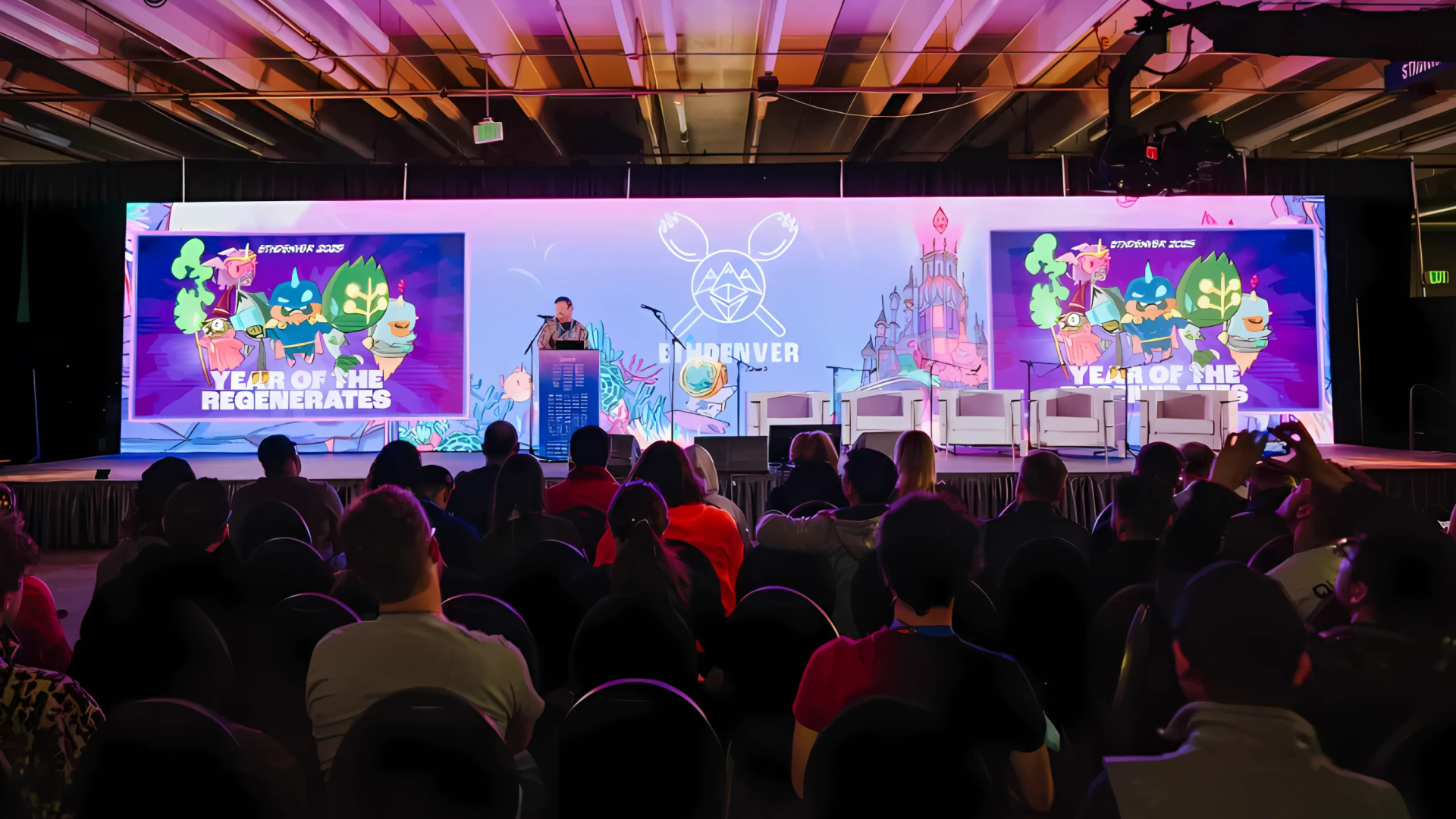Katallassos Moves Towards A Polkadot Parachain
Katallassos builds on Substrate with ACTUS, connecting to Polkadot to create a specialized financial node for tokenized financial instruments.
 By Polkadot•May 16, 2019
By Polkadot•May 16, 2019
Today Katallassos is announcing their implementation on Substrate. By building on Substrate, Katallossos is making the first step towards deploying a Polkadot parachain and connecting to the global network of blockchains. Katallassos aims to be a financial node in Polkadot’s relay chain system, focusing on building a standard framework for finance.
Katallassos implements the Algorithmic Contract Types Unified Standard (ACTUS) into a specialized blockchain. The goal of ACTUS is to break down the diversity in financial instruments into a manageable number of cash flow patterns — so called Contract Types. If one abstracts from the legal terms and focuses on the cash flow obligations, the diversity of financial contracts or agreements shrinks drastically. The vast majority of the relevant financial contracts are built on a manageable number of underlying mechanisms. This means that financial contracts follow a limited number of patterns.
These patterns could be seen as the basic building blocks of finance in the same way that we can describe the world of chemistry using the elements of the periodic table. The basic building blocks — or Contract Types — of ACTUS allow us to describe the world of Finance.
With this comes an unprecedented understanding (and thus opportunity for financial analysis) of the cash flow obligations of even the most exotic and abstract financial instruments, as well as cash flow obligations on both a micro and macro economic level. The lack of timely granular data reported in a data standard capable of supporting financial analysis contributed much to the recent financial crises. The ACTUS project aims to remedy this weakness by creating a global standard for the consistent representation of financial instruments.
Katallassos implements the ACTUS standard on its native protocol level. This means that Katallassos won’t be a general purpose blockchain, but rather a highly specialized blockchain, that on its lowest level implements the ACTUS financial contracts as contract templates for everyone to use. The implementation will follow the guidelines of the ACTUS Financial Protocol (AFP) to ensure compatibility across different implementations of the ACTUS standard. That is to say that it will ensure compatibility even beyond the scope of Katallassos. Therefore, if a traditional bank or another blockchain uses the ACTUS standard as a core banking system, Katallassos will be compatible with it as well.
If we look at the ERC20 contract as an attempt to standardize one small aspect of finance, then Katallassos aims to be to the financial side of Ethereum what the ACTUS standard is to the ERC20 token contract.
By building on Polkadot, Katallassos enables other blockchains in the network to issue tokenized financial instruments in a secure manner. The vision is for assets like Bitcoin Futures or derivatives of staked DOTs (which are used to operate the network), loans, bonds and any combination thereof to be accessible to all. Katallassos will contribute to the development of interoperability within the ecosystem by providing all parachains and bridged chains with additional features.
CEO and Founder of Trinkler Software Reto Trinkler stated of the implementation,
“As a Council Member of the Web3 Foundation, the vision of building a decentralized web, with more truth and less trust, is a goal I actively seek to support. Katallassos aims to be a financial node within Polkadot that increases transparency and oversight of financial interactions.”
About Katallassos
Katallassos is a new standard framework for originating and issuing financial instruments and financial services such as derivatives. The Katallassos project implements the ACTUS standard compliant with the ACTUS Financial Protocol (AFP) into a highly specialized blockchain.











